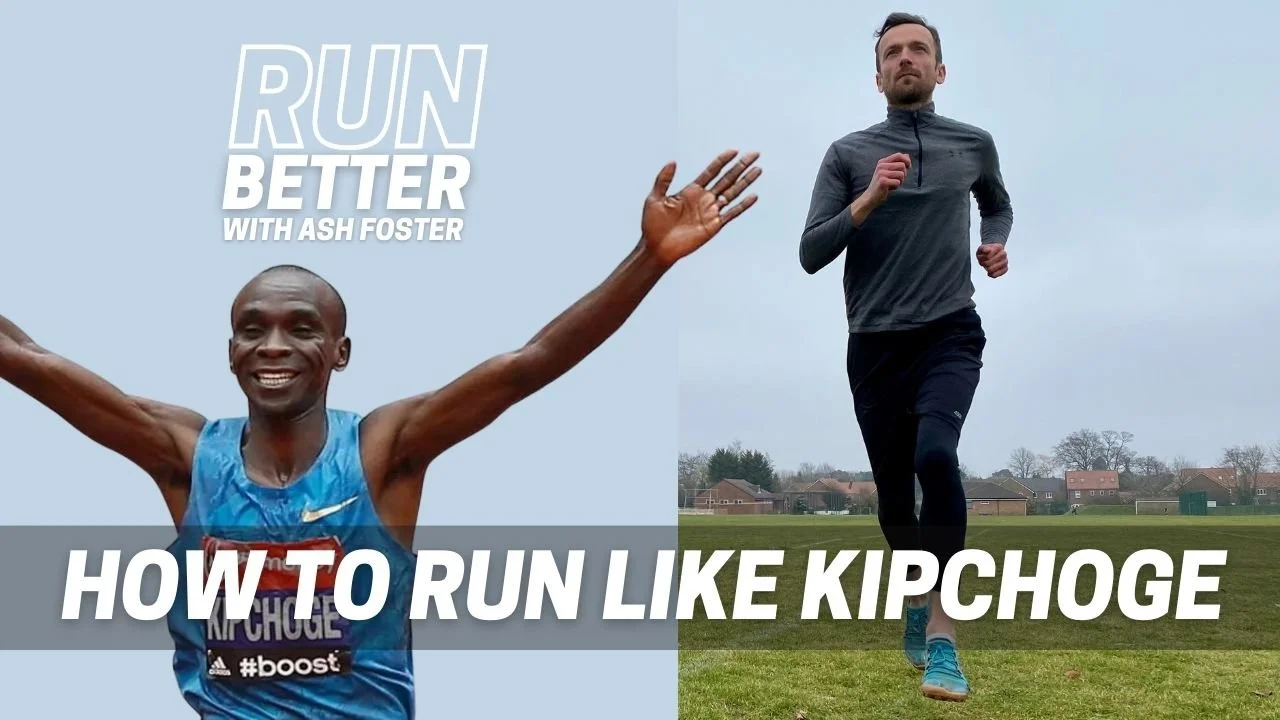How to Run Like Kipchoge
Eliud Kipchoge is a Kenyan long-distance runner who is widely regarded as one of the greatest marathon runners of all time.
Kipchoge has won numerous accolades throughout his career, including winning the Olympic marathon gold medal at the 2016 Rio de Janeiro Olympics, and multiple victories in the London, Berlin, and Chicago marathons.
He set the world record for the marathon with a time of 2:01:39 in Berlin in 2018.
Kipchoge is known for his disciplined training regime and his focus on the mental aspects of running.
He has also become a global ambassador for the sport and an inspiration to many aspiring runners around the world.
In 2019, Kipchoge made history by becoming the first person to run a marathon in under two hours.
This was achieved in a special event called the INEOS 1:59 Challenge, which was held in Vienna, Austria, on October 12, 2019.
Kipchoge ran the marathon distance in 1 hour 59 minutes and 40 seconds, which was just under two minutes faster than his official world record time of 2:01:39.
However, the INEOS 1:59 Challenge was not an official world record, as it was not held under race conditions and did not adhere to certain rules, such as the number of pacemakers allowed.
To achieve the sub-2 hour marathon, Kipchoge was supported by a team of 41 pacemakers who ran in formation around him, shielding him from the wind and keeping him at a consistent pace.
The course was also designed to be as flat and straight as possible, with minimal turns, to help him maintain his speed and rhythm.
Despite the unique conditions of the event, Kipchoge's achievement was widely celebrated as a remarkable feat of human endurance and a testament to his incredible talent, discipline, and mental strength.
So, how does he do it?
EFFORTLESS SPEED
Eliud Kipchoge's running form is considered to be extremely efficient, which has contributed to his success as one of the greatest marathon runners of all time.
An efficient running form allows you to access effortless speed. That’s why Kipchoge looks as if he is hardly using any effort to run.
Here are a few examples of why his running form is so efficient:
Smooth and Controlled Stride: Kipchoge's running stride is smooth and controlled, with a short, quick turnover. He lands on the balls of his feet, slight heel kiss and rolls through to his toes, minimising ground contact time and reducing the energy lost as he pushes off.
Straight Posture: Kipchoge's posture is upright, with his shoulders relaxed and his head held high. This helps him maintain good alignment and reduce unnecessary movements, allowing him to conserve energy.
Arm Swing: Kipchoge's arm swing is relaxed and controlled, with his elbows bent at a 90-degree angle. He swings his arms forward and back in a straight line, rather than across his body, which helps him maintain his balance and avoid wasting energy.
Efficient Breathing: Kipchoge is known for his controlled and efficient breathing, taking deep breaths from his diaphragm to maximize oxygen intake while minimizing energy expenditure.
Kipchoge's running form is a combination of several factors that work together to minimise energy expenditure and maximise his speed and endurance.
His form is a model for other runners to follow, and has helped him achieve some remarkable performances over the years.
HOW YOU CAN RUN LIKE KIPCHOGE
Improving your running form is a great way to become a more efficient and faster runner.
Here are four key elements that we’ve learned from Kipchoge to increase your efficient running form. You can focus on these to help you achieve this:
Smooth and Controlled Stride: Focus on taking shorter, quicker steps, landing on the balls of your feet with a slight heel kiss (so a whole foot landing) and rolling through to your toes. Try to minimise ground contact time (the amount of time your foot is on the floor) and reduce energy loss by pushing off efficiently.
Straight Posture: Keep your shoulders relaxed and your head held high, look in the direction of travel maintaining good alignment to reduce unnecessary movements and conserve your energy.
The key is to be as efficient as possible with your alignment, not too tense, not too relaxed. Upright and tall but not too tense. Have a slight lean from the ankles, NOT the waist!Arm Swing: Keep your arm swing relaxed and controlled, with your elbows bent at a 90-degree angle. Swing your arms forward and back in a straight line, rather than across your body, to help maintain your balance and avoid wasting energy. Imagine that you are lightly pumping your arms.
Efficient Breathing: Take breaths from your diaphragm, maximising oxygen intake while minimising energy expenditure. Trying to find a rhythm with your breathing sets the basis of good relaxed running. Its a good idea to set your breathing rhythm before you start running. Try to nasal breathe if you can.
Remember to focus on one element at a time and gradually build up to incorporating all four into your running form.
With practice and dedication, you can improve your running efficiency and become a faster, more efficient runner just like Eluid Kipchoge!

